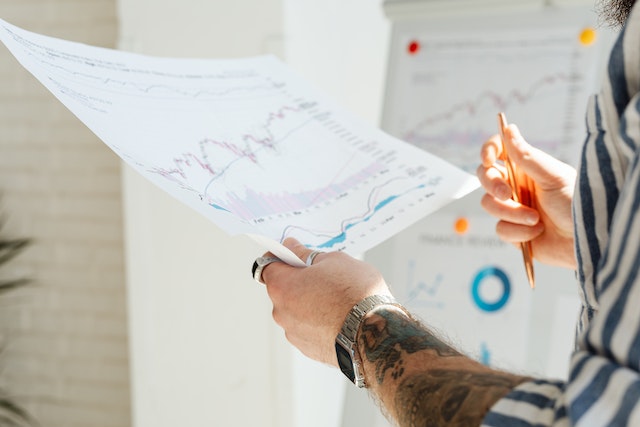Sustainable growth is indispensable for businesses’ long-term survival, but it is a complex and rapidly changing trend, and so, adopting the right mindset is key.
Businesses and organizations have been in the forefront of sustainability demands for many years now, understandably so. The way they conduct operations and activities is absolutely crucial to the protection of the environment and the wellbeing of people.
However, it is also true that these demands grow and change ever so rapidly, leaving many companies behind as they try to adapt and overcome complex obstacles.
But can we call these situations greenwashing? Are companies trying to deceive consumers and investors, or have they yet not found the right mindset to let sustainability flow more naturally and successfully?

Reimagining business growth
The future of many companies looks a lot greener than it has ever looked before. With ESG metrics becoming the new norm for measuring company value, the way we understand business growth has also shifted almost completely.
Long gone are the days when companies’ sole and only goal was to make profits and grow economically, making balance sheets the main value setting element for organizations’ activities.
There is a slow but steady pace in the understanding that taking care of the environment and people, as well as a responsible way in which to conduct business, is the only way to operate within the grounds of long-term sustainability.
The question that many ask, however, is how. How do companies approach a sustainable mindset that can ensure the business’ own sustainability?
Engage employees in the sustainability strategy
The sustainable growth mindset
Now that we have understood how little room there is for companies to try to avoid or ignore the idea of sustainable growth, it is time to translate this idea into a sustainability mindset and culture inside the company.
Implementing sustainability is quite different to many other initiatives companies might take; it is a complex and ever changing set of dynamics and elements that require fast thinking, but slow implementation.

Furthermore, companies also need to come to terms with the fact that mistakes are unavoidable, and managing reputational risks may become a common recurrence within the gradual change towards sustainability.
This does not mean all mistakes are justified, but there definitely needs to be a transparent response to failure and a more open mindset to trial-and-error.
Related article: Don’t let the fear of greenwashing stop your sustainability actions.
Overall, a change in paradigm needs to happen in the market, not only in the way we understand business growth, but on the very idea we have of a successful business strategy. Here are a few key points towards adopting a sustainability mindset:
Integrate sustainability into strategic thinking
Sustainability needs to be understood as part of strategic thinking; this is, it is not to be viewed as something to add-on to current or existing strategies, but rather something that is intrinsic or inherent to the nature of the business itself.
The way decisions are made and operations are managed should carry sustainability within its grounds as an indivisible part of every activity, action or initiative.
This is the only way to achieve sustainability, otherwise, externalities will most definitely continue to undermine and deter sustainable growth. Unless it is in the very nature of the business, it will be very hard to adapt and achieve stable changes.

Strategy, purpose and culture
While adopting sustainability as part of company strategy is crucial, it is just one part of the deal. It can be understood as what the company is doing for sustainability.
Another important question to pose, however, is the ‘why’. Why is the company adopting a sustainable mindset, or what are the company’s purpose and values? And while there are a lot of good intentions and great efforts to adopt new values and a bigger purpose, it eventually all comes down to the ‘how’.
How is the company going to achieve sustainability? This is where company culture comes in, and where companies’ biggest challenge lies. How do we integrate a sustainable mindset in the company and build a sustainability culture?
Building a sustainability culture
Engage employees in sustainability
Employees are far from being indifferent from participation in sustainable efforts, and actually look for the opportunity to be actively engaged and find purpose in having a positive impact through their jobs.
In DoGood we believe that working collectively can help us find that which alone may seem unattainable or unimportant. That is why we think the workplace is the perfect environment to find that collective eagerness to make a difference, both for the sustainability and purpose of the company and a more sustainable way of being for all employees.
Through our technology we help companies establish ESG impact objectives for employees in regards to the sustainability strategy of the company. We are able to activate and track employees’ impact, creating engagement that translates into improved ESG metrics, reputational value and an overall positive impact for the environment and society.







